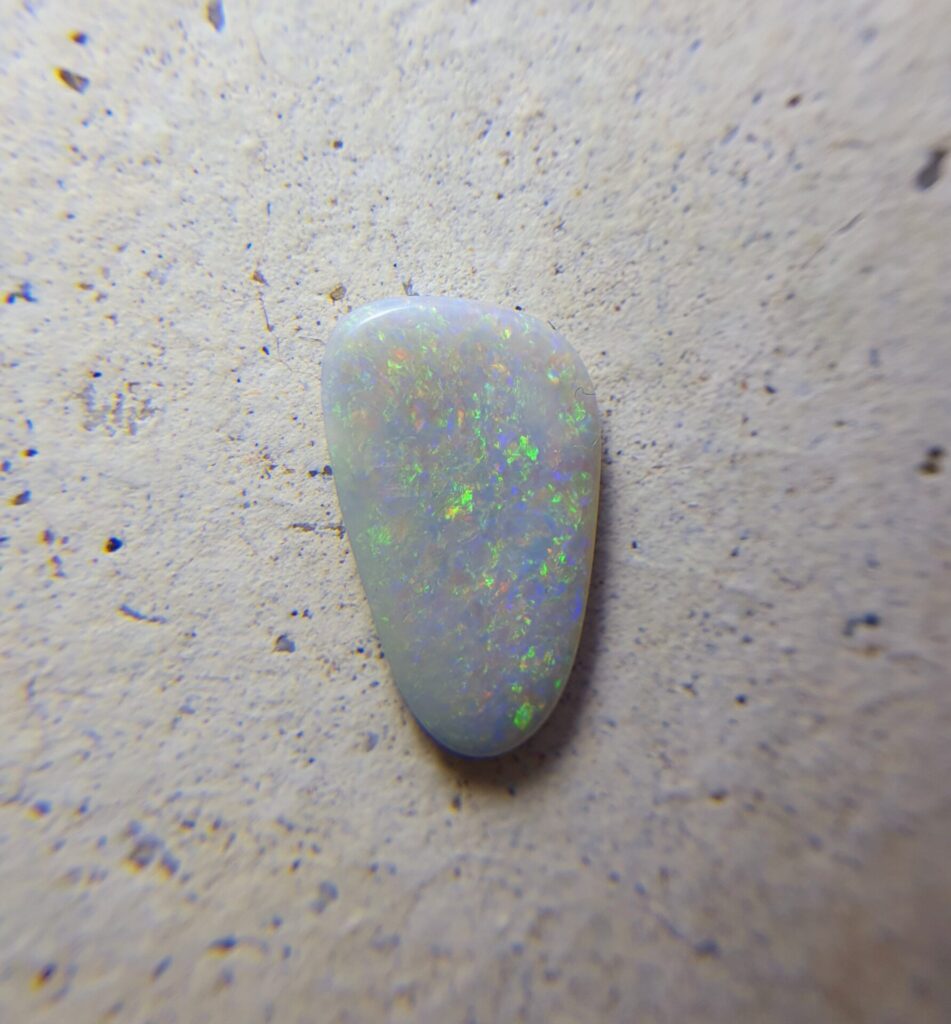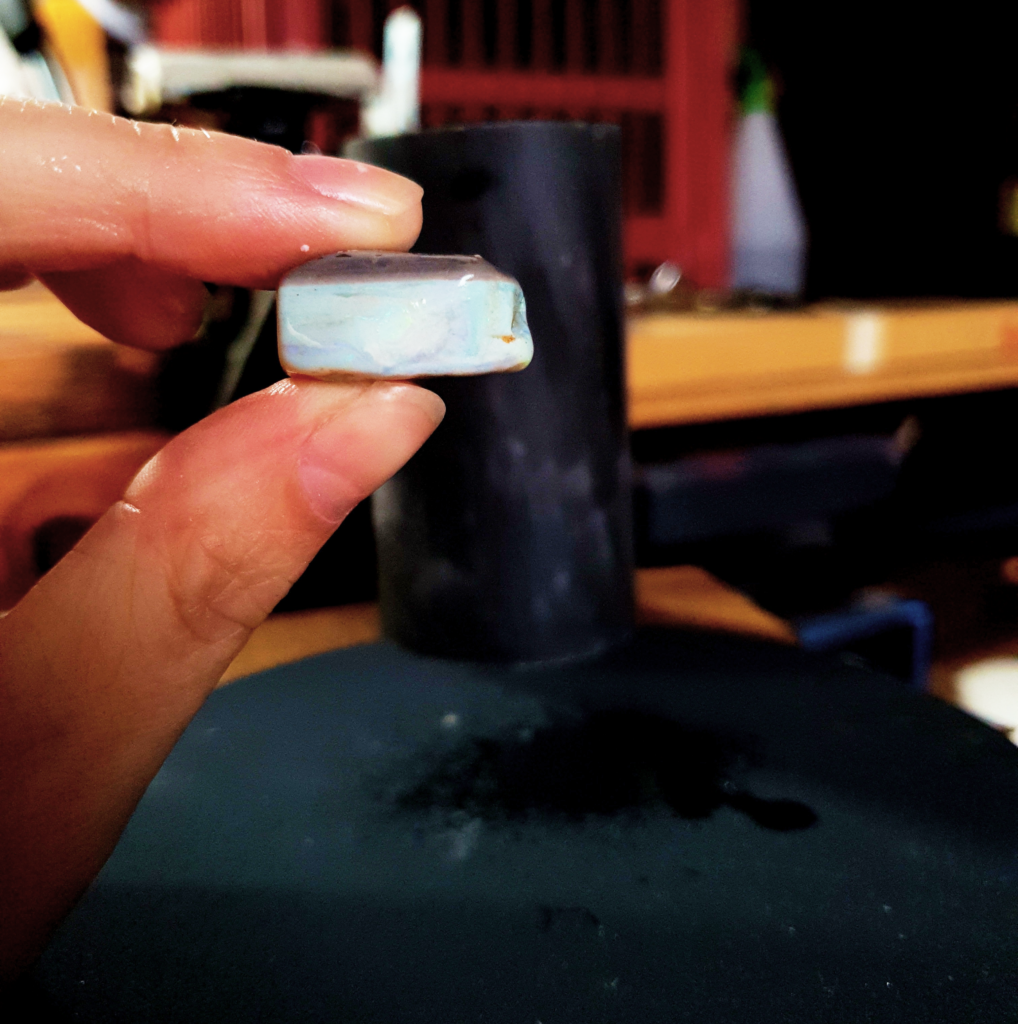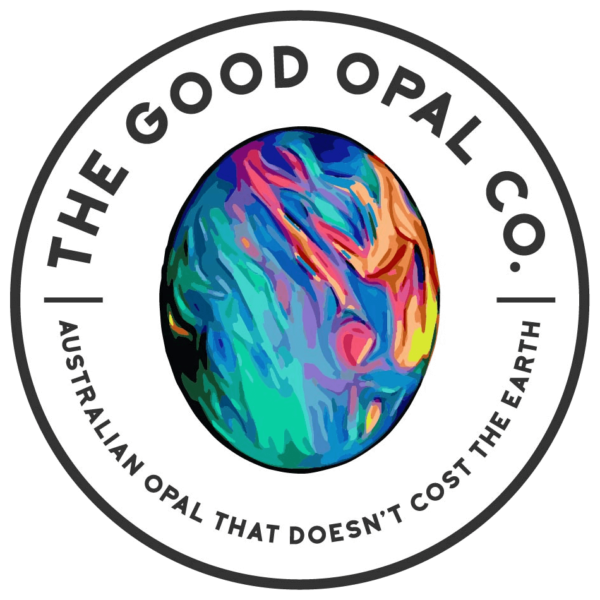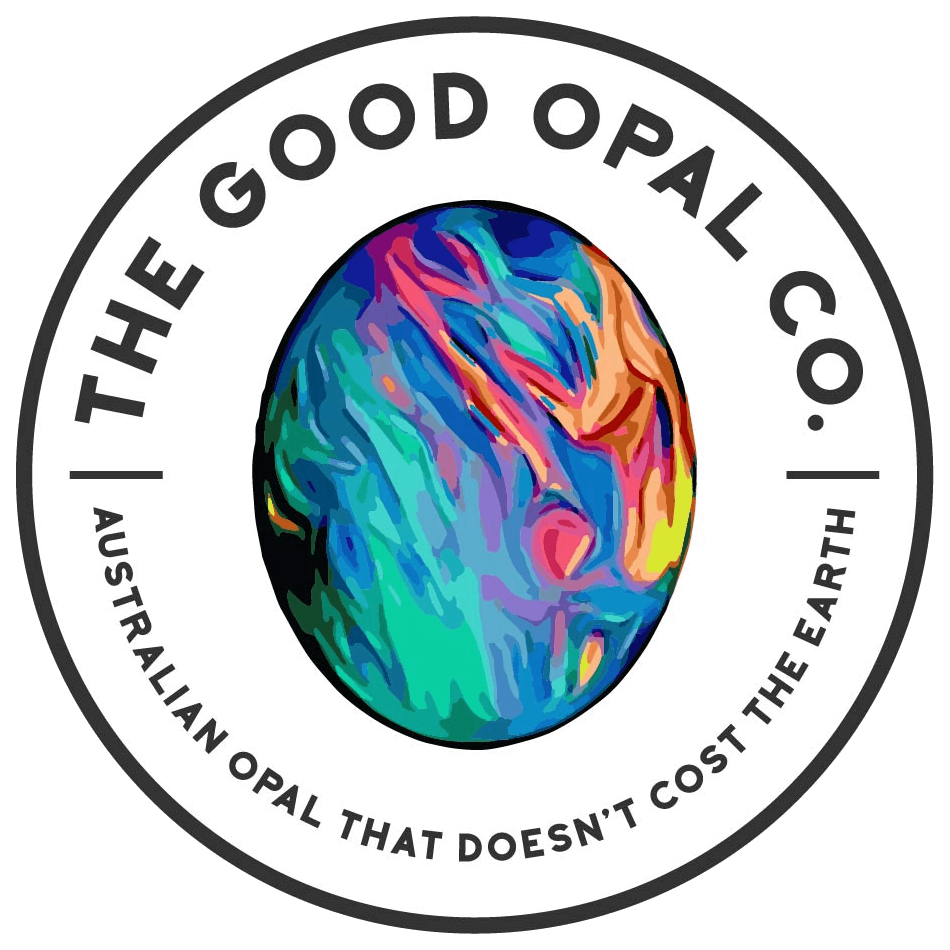
Mintabie opal is arguably some of the most unique opal in Australia. The mines of Mintabie produce white, crystal and the illustrious black opal but the layering of colour bars is unique, making picture stones that are often sliced against rather than along.
The town of Mintabie is the Anangu Pitjantjatjara Yankunytjatjara in South Australia. Leased to the Government of South Australia for opal mining purposes since the 1980s. Mintabie opal is arguably some of the most unique opal in Australia. The mines of Mintabie produce white, crystal and the illustrious black opal but the layering of colour bars is unique, making picture stones that are often sliced against rather than along.
Mintabie Opal History
Indigenous Australians were the first people to find opals in Mintabie; during the First World War, they traded in black opals at Coober Pedy. Conditions were harsh, and it was only in 1976, with the help of large new machinery, that non-Indigenous people came to the area to mine, and a small township was established.

Mintabie’s harsh climate and lack of water discouraged mining until mid-1970. In 1976, explosives and large machinery were brought to the field. In October 1981, the Pitjantjatjara Land Rights Act came into force and Mintabie became part of a large area of freehold Aboriginal land. Most opal mining in Mintabie is done via open-cut methods. It is a unique field in that the township & opal fields are located on freehold Aboriginal land. Temperatures in the area range from below zero, to the high 40’s.
The potential closure of the town of Mintabie has been looming since 1980 and in February 2018 the state government declared that it would not renew any leases in the town. As all land in the town was leased from the government, and these leases were renewed every year, this amounted to a compulsory closure of the town in 2019.[18] Management of the land would revert to the local Aboriginal land council, Anangu Pitjantjatjara Yankunytjatjara. With the closure of the town, no miner could maintain residency or renew opal mining claims, but a small amount of mining is still allowed in Mintabie; the remoteness of the town makes mining operations difficult without.
Mintabie opal gets its name from the location where it is mined in Mintabie, Australia. 300 kilometres north from Coober Pedy, Mintabie gained notoriety for its ability to produce great crystal opals that have unique contrasts between fire and colour. this area is most famous for their crystal opals. In the 1980s, this area was the biggest opal producer by value, even greater so than the renowned town of Lightning Ridge.
Mintabie Opal Geology and Mining
The actual geology of this specific opal is quite different from a lot of the other areas in Australia where opals are mined. Opals here can still be found along the edge of the area’s Great Artesian Basin. However, these crystal opals are typically found in the Lower Cretaceous bed. There is a wide range of colours that these opals can come in, from practically all black to an opaque white and everything in between. These Mintabie opals are typically found in good quality. However, Mintabie Opal can be extremely difficult to mine and cut.
The reason being, that unlike lighting ridge material, where the host rock is sandstone, Mintabie’s host rock is Ordovician, which is a lot older than the Cretaceous rock of more ancient periods. For this reason, modern miners tend to utilize tools such as heavy bulldozers or even explosives to aid with mining. This can be done without doing too much harm to the opals as these gems can resist stretching more than many of the other opals from Australia.
Cutting Mintabie Opal

Mintabie opal is stronger than lightning ridge material which is great for preserving and protecting the opal, but it does make for more difficult cutting. When the colour bars are mashed together like the opal to the right, they can be near impossible to cut a colour rich stone. But they can cut great picture stones which have become more popular in recent years.
Many civilisations view opal as a lucky gem, and this is especially true for Indigenous Australians. The Indigenous Australians native to the Anangu Pitjantjatjara Yankunytjatjara area believe that the opal is our creator’s footprint, which has touched the earth at a rainbow’s base to bring harmony to the people.
At The Good Opal co, we love opal because each one has its own story to tell and is completely unique. Shop our beautiful range of opal in store at: https://www.goodopalco.com/shop/

